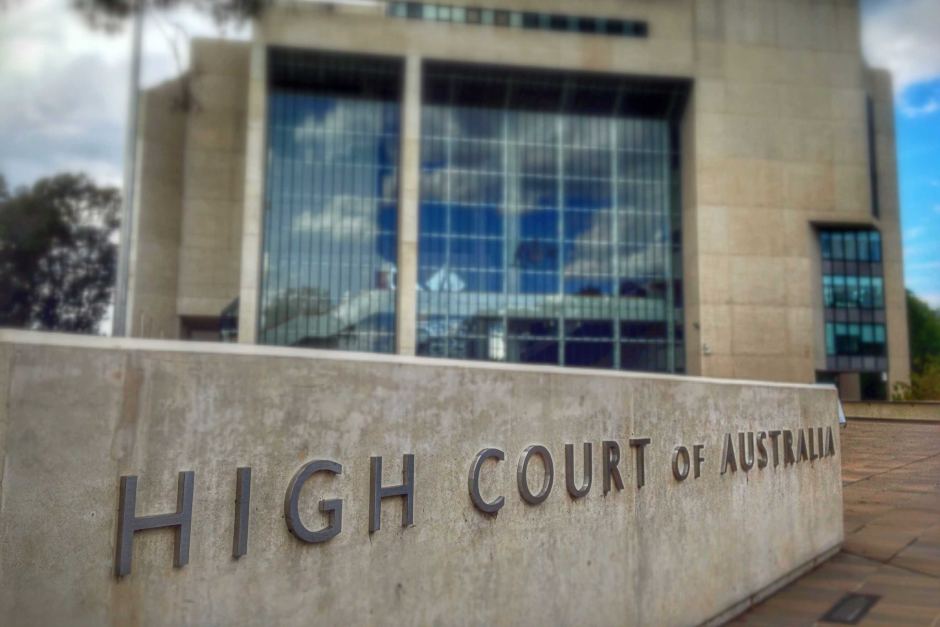SCOTUS Can Learn About Ethics Codes Around the Corner and Around the World, Pt. 1
The U.S. Supreme Court is facing a crisis in public confidence: 65% of Americans believe that justices bring political bias to the cases they consider, a staggering number considering the court is supposed to be isolated from political influences.
The problem facing the court is not brand new, of course, but its inaction in the face of widespread doubt is troubling. According to Justice Kagan during a March hearing, Chief Justice Roberts is “studying the question” of whether the justices should impose a conduct code upon themselves. But the court has provided no updates or specifics since.
Over the years the court’s aversion to the commonsense reform of adopting an ethics code has had consequences. Justices have voted when they should have recused themselves, justices have inappropriately commented on politics and ethics complaints against justices have vanished. A judicial code of ethics may not prevent all questionable behavior, but it would provide clarity, both for the justices of the court, and for the American people – and it would potentially give the justices pause before committing other unforced error.
Courts of last resort in most nations, and in most states, are beholden to codes of judicial conduct precisely to foster public confidence and protect judicial integrity. Given SCOTUS’s inaction, states and the international community can provide examples of ethics codes and the potential benefits that might result from adoption.
As Justice Breyer wrote in his 2016 manuscript The Court and the World (p. 246), “By engaging the world […] we can promote […] those basic constitutional and legal values for which the Court and the Constitution stand.” Even Justice Alito, loath to consider the international legal community, acknowledged the value of international examples his latest opinion, Department of Commerce v. New York (see p. 73).
Just as FTC provided examples of how and why other courts, both in the U.S. and around the world, have adopted term limits and permitted cameras, below we discuss why other courts have imposed an ethics code on its jurists.
International Examples
Australia
 The Australian judicial system faced a unique crisis in 1984 when a Supreme Court justice was accused of improperly intervening on behalf of an acquaintance. Australian judges are subject to removal in cases of “proved misbehavior or incapacity,” but that Constitutional clause remained untested.
The Australian judicial system faced a unique crisis in 1984 when a Supreme Court justice was accused of improperly intervening on behalf of an acquaintance. Australian judges are subject to removal in cases of “proved misbehavior or incapacity,” but that Constitutional clause remained untested.
The justice in question ultimately passed away before his case could be decided, but not before a Senate Committee determined that a judge could be not guilty in a criminal sense, yet still guilty of “misbehavior” in the constitutional sense. The case invigorated a debate that ultimately resulted in a written and adopted Guide to Judicial Conduct.
The guide does not resolve all the issues of judicial accountability. For example, the guide acknowledges that parliament has the power to “remove a judge for serious misconduct” but does not provide guidance on the application of that power. It does, however, note “that it is not necessary to prove an offense in order to invoke the power,” thus keeping with the 1984 precedent.
The guide, now in its third edition, represents an important step forward. As it states, encoding principles of judicial conduct has the benefit of increasing public confidence in the administration of justice, enhancing public respect for the judiciary, and protecting the reputation of judicial officers (p. 5).
The Australian case demonstrates both the problems that can arise without a judicial code of conduct and the possible benefit to the judiciary itself by creating a code. The U.S. Supreme Court, at this time of public doubt in the institution, should follow the Australian lead.
Malaysia
 The Malaysian judiciary, like the Australian judiciary, developed a code of ethics in response to extraordinary circumstances. In 1988, several judges and justices were removed by an executive branch that some feared was acting in its own interests. It appeared the misconduct allegations were nothing more than an excuse to defend the ruling party’s agenda. A Code of Conduct was penned in 1994. After another serious scandal surrounding litigants choosing judges and judges instructed to protect the government, a second code was published in 2009.
The Malaysian judiciary, like the Australian judiciary, developed a code of ethics in response to extraordinary circumstances. In 1988, several judges and justices were removed by an executive branch that some feared was acting in its own interests. It appeared the misconduct allegations were nothing more than an excuse to defend the ruling party’s agenda. A Code of Conduct was penned in 1994. After another serious scandal surrounding litigants choosing judges and judges instructed to protect the government, a second code was published in 2009.
The more recent 2009 Judges’ Code of Ethics reflects the urgent need for enforcement of judicial ethics. Unlike the 1994 Code, the new code provides a formal avenue for judges to exert positive peer pressure and impose internal sanctions all within the judiciary. This preserves judicial independence while simultaneously ensuring the ethics code is followed.
Both iterations of the Malaysian Judges’ Code of Ethics sought to restore public faith in the institution. The U.S. Supreme Court may not be facing the same extremity of political pressures, but a code of ethics would have the same effect: preserving the integrity, and appearance of integrity, in the U.S. judicial system.